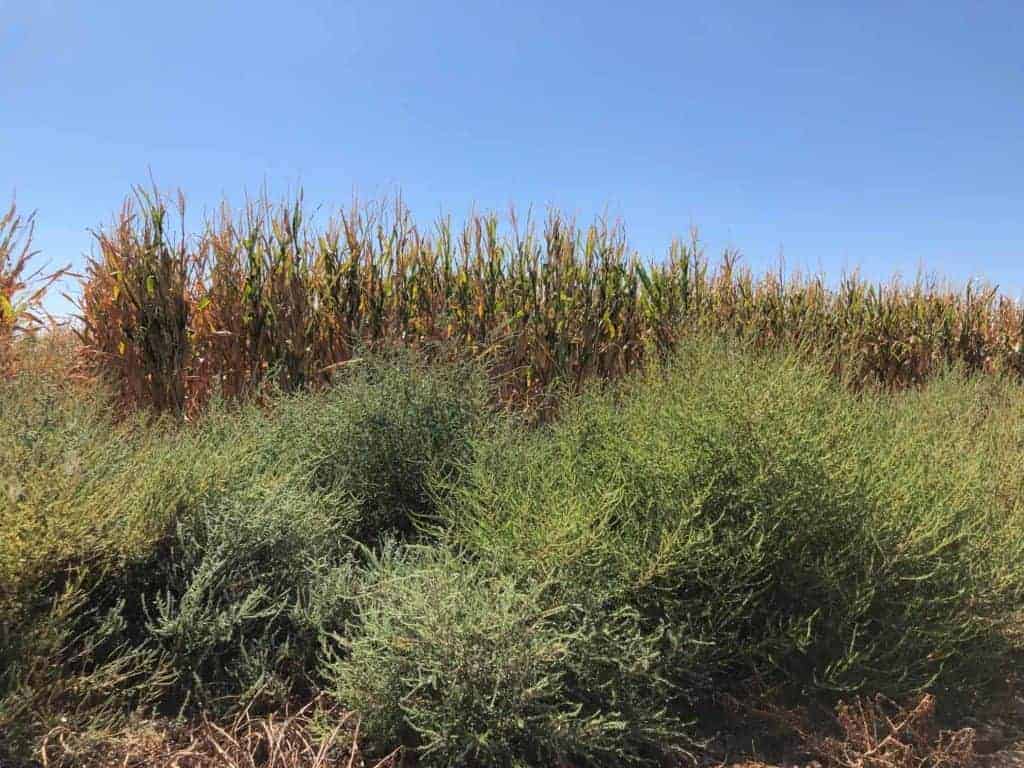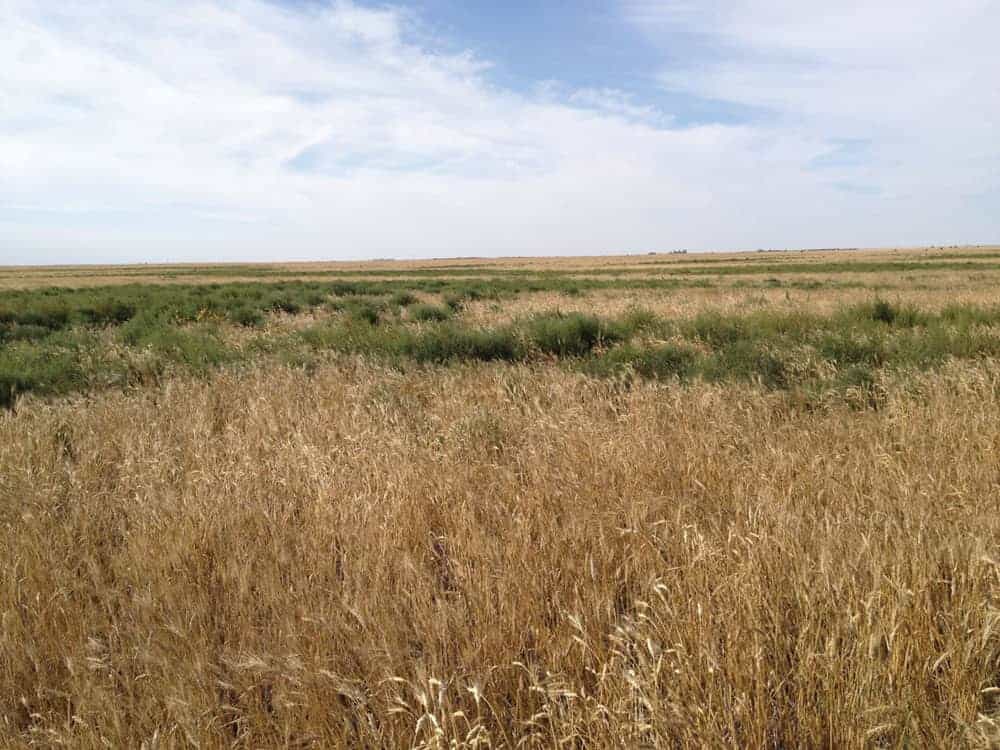By: Gerard Ridgway
Some of the most difficult weed species are resistant to several types of herbicides with different active substances that attack weed plants in different ways.
These weeds have resistance that has evolved through natural selection. They have produced and spread enormous quantities of seeds from hard-to-reach areas such as ditches, stumps and fences and onto fields and crops. Then the seeds have germinated and during the application of herbicide almost always all have withered. Due to the large genetic variations in the seeds in the soil, from time to time one has sprouted that is resistant to the herbicide that was used year after year in the same areas. If these plants are allowed to multiply, herbicide resistance will be established in the field and along the borders.

Extensive use of pesticides leads to resistance in weeds
The list of weeds that are resistant to the most commonly used pesticides is long, and the list of the most commonly used pesticides is actually short. Since 1996, GMO crops resistant to some of the most effective herbicides with the active ingredient glyphosate have been grown. The first were GMO soy resistant to glyphosate (EPSP inhibitors), and then glyphosate resistant GMO maize in 1998. Thirty years later, over 80% of all soy, maize and cotton planted in North and South America have been genetically modified to be glyphosate resistant. At the same time, the development of weeds resistant to glyphosate has increased in line with the use of glyphosate on GMO crops. To combat glyphosate resistance, GMO crops resistant to another type of commercially relevant herbicide have also been developed such as 2,4-D, glufosinate, and dicamba. On some crops genetically modified for increased resistance to glyphosate, increased resistance in weeds can be combated with extra glyphosate.
Experiences from North and South America
In both North and South America, many cases of multiple herbicide tolerance have been registered where GMO crops such as corn, soy and cotton are grown. There are several herbicide tolerances in weeds such as: pigweed-Soyaamarant (Amaranthus palmeri), waterhemp-Waterhemp (Amaranthus tuberculatus), kochia-Kostmelde (Kochia scoparia), horseweed-Hostehemp (Conyza canadensis), and ragweed-Gråambriosia (Ambrosia artemisiifolia). These can all have resistance to other types of pesticides in addition to EPSP inhibitors such as: 2,4-D, dicamba, ALS, HPPD, PPO and photosystem 2 inhibitors and other types of pesticide substances. Because several different types of weeds with several different types of pesticide resistance can occur in the same areas, their control has become more difficult.

The methods to avoid resistance create multi-resistance
To withstand weed resistance, GMO Soya such as MON-877Ø8-9 with glyphosate and dicamba tolerance (Genuity) has been developed. Soya with increased glyphosate tolerance. Soy with glufosinate, glyphosate and isoxaflutole tolerances. It is GMO Corn with glufosinate, glyphosate and 2,4-D herbicides resistance. There is also a lot of GMO cotton with both glufosinate and glyphosate resistance. Multiresistance may require multi-layered, and multiple modes of action. This may mean repeated use of the herbicides that only GMO crops tolerate, as well as other means and methods. GMO canola can also be both glufosinate and glyphosate resistant.
The four different herbicide substances that GMO crops have been modified to be resistant to are Glyphosate, Glufosinate, 2,4-D and Dikamba. In areas characterized by multi-herbicide resistant weeds, at least two of these types of resistance inserted into GMO crops such as cotton, soy, and corn will be necessary. Alternatives such as fertilizers against weeds can perhaps help, but future GMO operation worldwide will probably be more expensive than before because weeds with more herbicide tolerance will also spread.
Read more:



